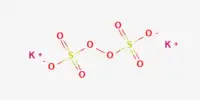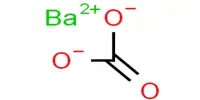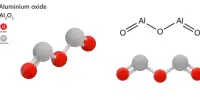The wavelength of the wave associated with any material particle was calculated by analogy with photon as follows:-
In case of a photon, if it is assumed to have wave character, its energy is given by
E = hv (according to the Planck’s quantum theory) … … (i)
Where v is the frequency of the wave and h is Planck’s constant.
If the photon is supposed to have particle character, its energy is given by
E = mc2 (according to Einstein equation) … … (ii)
where m is the mass of photon and c is the velocity of light.
From equations (i) and (ii), we get
h v = mc2
But v = c/λ
so, h * c/λ = mc2 or
then, λ = h/mc
de Broglie pointed out that the above equation is applicable to any material particle. The mass of the photon is replaced by the mass of the material particle and the velocity “c” of the photon is replaced by the velocity v of the material particle. Thus, for any material particle like electron, we may write: λ = h/mv or λ = h/ρ
where, mv = ρ is the momentum of the particle.
The above equation is called de-Broglie equation and λ is called de-Broglie wavelength.
Thus the significance of de Broglie equation lies in the fact that it relates the particle character with the wave character of matter.
Louis de-Broglie’s concept of dual nature of matter finds application in the construction of electron microscope and in the study of surface structure of solids by electron diffraction. The de-Broglie’s concept can be applied not only to electrons but also to other small particles like neutrons, protons, atoms, molecules etc.














